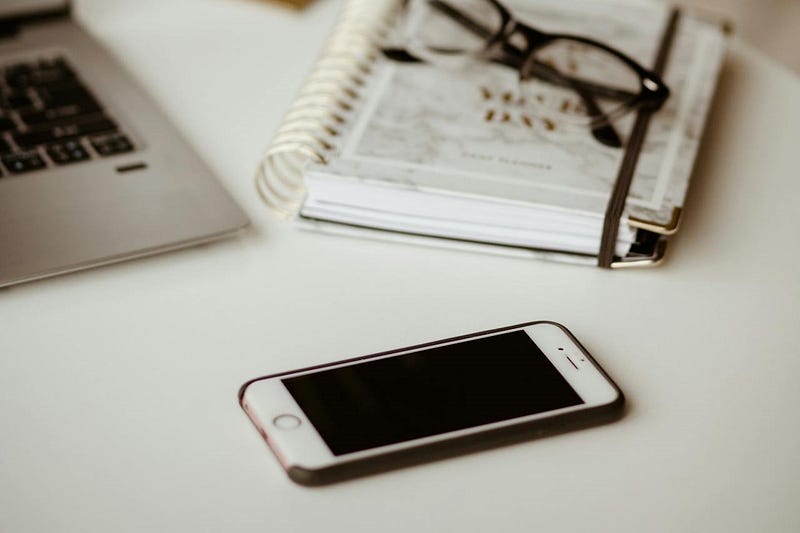Embracing Authenticity: 10 Strategies for Unmasking as Autistic
Written on
Chapter 1: Understanding Unmasking
In my previous post, I shared my experiences of masking as an undiagnosed Autistic child, often shaped by societal norms and stereotypes. This time, I want to focus on how I have learned to unmask and accommodate my Autistic identity and needs.

1. Earplugs for Sensory Relief
I never leave home without my Loop earplugs. I usually put them in before entering stores. The difference they make is astounding. I only realized how overwhelming stores can be when I tried going without them.
2. Prioritizing Rest
Understanding that many neurodivergent individuals require more sleep than neurotypical peers was a revelation for me. I often battle feelings of unproductiveness, but I've learned to listen to my body's needs, which frequently includes taking time to rest.
3. The Power of Stimming
Stimming has been transformative for me. I primarily engage in it at home or in safe spaces, and I'm gradually becoming more comfortable with it in public. Fidgeting with a scrunchie or tapping my fingers helps me manage my sensory input. Listening to music while lying in bed with my headphones on is another way I find relaxation through stimming.
4. Effective Client Communication
Transitioning to remote work has led me to favor digital communication with my clients. I primarily use text, DMs, or emails, and I believe the pandemic has normalized this approach. While I do meet clients in person when necessary, I prefer to keep most interactions online, including video calls, as I have a strong aversion to phone calls.
5. Unmasking in Comfort
At home or when visiting my parents, I feel liberated to be my authentic self. I'm grateful for the understanding of those around me, who recognize my Autistic identity.
6. Acknowledging Overstimulation
I've learned to openly express when I'm feeling overstimulated instead of trying to conceal it. For instance, in the mornings, I'm particularly sensitive to noise, and I communicate this to my sister, who also grapples with sensory input.
7. Self-Reflection Through Check-Ins
I strive to avoid overworking myself. My approach to meditation has evolved into a personal check-in process. I pause, close my eyes, and assess my body's sensations. This practice helps me become more aware of my needs, such as hunger or fatigue.
8. Setting Realistic Expectations
I often struggle with allowing myself to rest after outings. Once I begin, it's hard for me to stop, but I've learned that every outing drains my energy, and I need to permit myself breaks to recharge without guilt.
9. Embracing My Autistic Identity
I proudly display my Autistic identity on my website and social media. I refuse to hide or downplay it; it's an integral part of who I am, and I’m committed to sharing my journey.
10. Living by My Values
I discovered the Values-Based Integration Process through Devon Price’s "Unmasking Autism." This reflective approach has helped me clarify my values, particularly Joy and Growth, which I strive to embody daily.
How to Support Your Autistic Adult Clients Through Unmasking - This video explores practical approaches to help Autistic adults embrace their true selves.
Chapter 2: Sharing Our Journeys
Unmasking Shortcut for Autistic Adults - This video provides insights and techniques for Autistic individuals to unmask and live authentically.
Final Thoughts
How have you started to unmask or accommodate your needs since discovering your neurodivergent identity? Everyone's journey is unique, but sharing strategies may help others find their path. If you found this article helpful, please leave a clap or comment and subscribe for more content. Thank you for your support!